
Marshallese Handicraft
Updated at 2023-05-31
The Republic of the Marshall Islands is located in the south Pacific and comprises 29 atolls and over 1,000 islands. It’s known as the “Pearl of the Pacific.” It has a matrilineal society, and many Marshallese women have exquisite weaving skills. They use local resources such as coconut leaves, pandanus leaves and trees to make ornaments. The starburst is a common theme in woven Marshallese handicrafts, as it’s featured on the national flag. The flag has a white starburst with 24 points that represents the number of constituencies. The handicraft in the image is a classic example of a woven Marshallese handicraft.
National flag: rectangular with a length to width ratio of 19:10. It was designed by Emlain Kabua, who was the first lady at the time, and adopted at the start of self-government on May 1, 1979. The flag has a blue field that represents the Pacific Ocean. The two adjacent stripes of white (representing the sunrise and peace) and orange (representing the sunset and courage) gradually widen as they radiate from the lower left corner to the upper right corner. There is a star with 24 points in the upper left corner that represents the number of constituencies. The four elongated points represent the four principal cultural centers (Majuro, Jaluit Atoll, Wotje Atoll, and Ebeye Island). The flag also shows that the Marshall Islands is located in north of the equator.
National day: May 1
Language: Marshallese, English
Capital: Majuro
Area: 181 square kilometers of land, 2.13 million square kilometers of territorial waters
Population: Approx. 36,000 people
Currency: U.S. dollar
Government: Presidential cabinet system
相關藏品

.JPG)
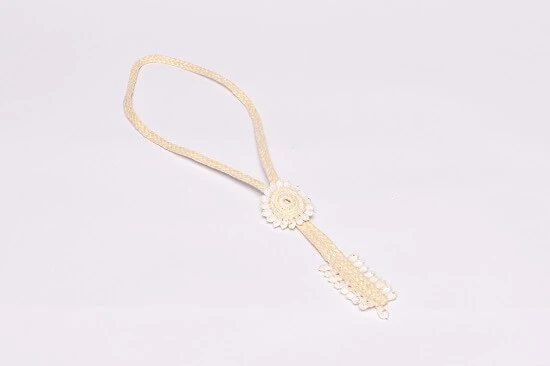
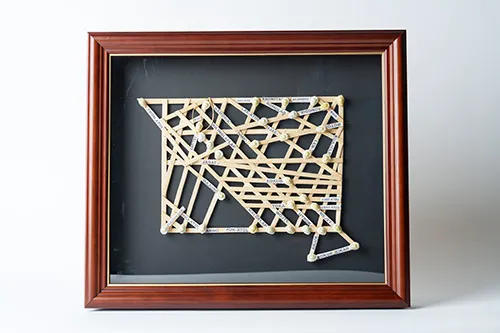
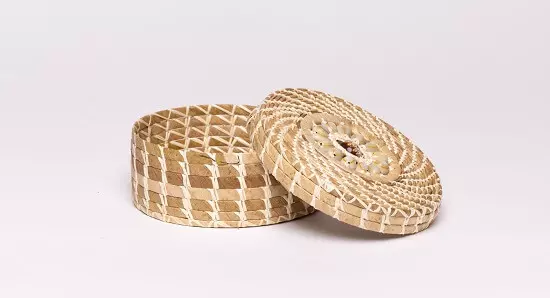
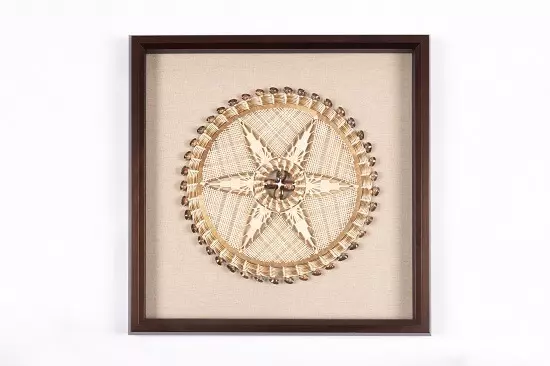
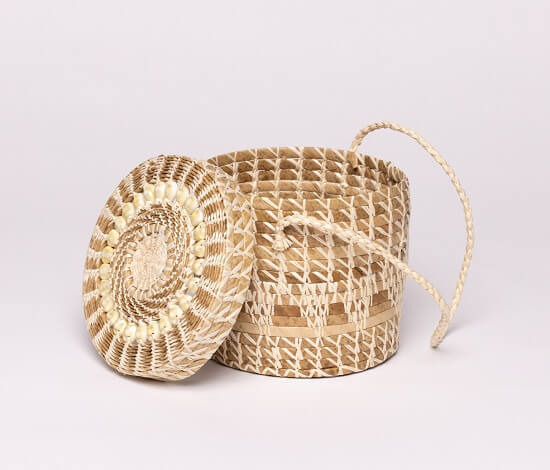
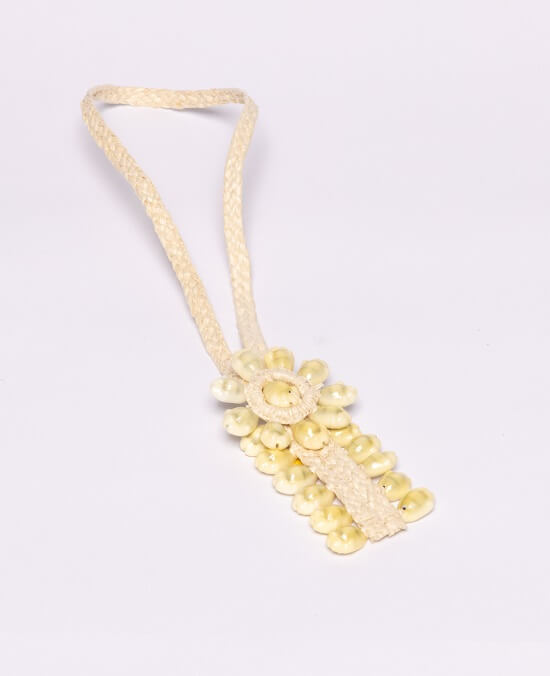

.jpg)



